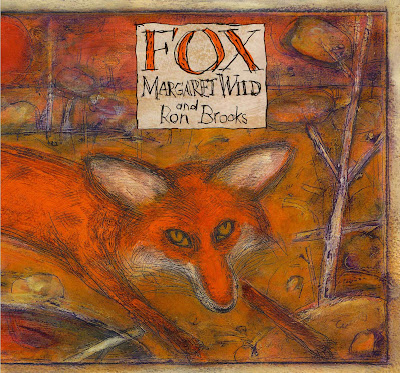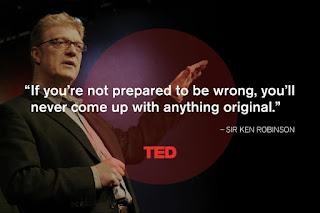Resources collected by Sarah (based in VIC) and Rich (based in TAS).
Drama
- Warm-up games useful for beginning activities: https://www.theatrefolk.com/spotlights/ensemble-activities-and-exercises
- Improv games: http://improvencyclopedia.org/games/
- Improv games: http://plays.about.com/od/improvgames/a/storyimprov.htm
- Warm up games: https://dramateachersnetwork.wordpress.com/warm-up-games/
- Warm up games: https://www.dramanotebook.com/drama-games/
- Integrating drama into regular classes: http://www.creativeeducation.co.uk/video/525
- Drama lessons plans, upper primary: https://www.ket.org/artstoolkit/drama/lessonplan/
- ProTeacher directory. Storytelling, drama club, ideas, etc: http://www.proteacher.com/080010.shtml
Visual Arts
- The primary school where Sarah volunteers uses this website for resources and ideas for lesson planning: http://zartart.com.au/home.aspx
- This is a local artists colony near where Sarah lives. It offers classes both within the colony and for resident artists to visit schools: http://www.montsalvat.com.au/
- A spread sheet of the plan used by the primary school teacher for art classes for the year: Primary school visual arts schedule
- Artventure. Commercial package to teach students visual art basics: http://www.artventure.com.au/about-quickintro.asp
- Mrs Brown's Art Class. Lessons K-5: http://www.mrsbrownart.com/index.htm
- DickBlick Art lesson plans. Grades K-4: http://www.dickblick.com/lesson-plans/grade-level/k-4/
Music
- In Victoria, state schools join together to perform a music and dance extravaganza at Hisence Arena: http://www.education.vic.gov.au/about/events/Pages/spectacular.aspx
- This is a local artist colony near where Sarah lives. Not only does it offer visual art classes, but music classes of various instruments, including a resident who offers a course in building your own guitar: http://www.montsalvat.com.au/
- A couple of ideas detailing lesson ideas about creating music from rubbish and the curriculum links which could be used:http://www.bbc.co.uk/education/clips/zn9xn39
- http://resource.takelessons.com/music-activities-for-kids-making-instruments/
- Stages of Music Education in Australia: https://musicaustralia.org.au/discover/music-education/music-education-stages/
- A virtual classroom with mini lessons and music clips. Choose a 'floor', then a 'room'. Listen and answer. http://www.newmillenniumrecords.com/classroom.html
- Music in Community (Music Australia): https://musicaustralia.org.au/discover/music-in-community/
- Classics for Kids; Have fun with classical music: http://www.classicsforkids.com/
- 10 Facts about school music: https://musicaustralia.org.au/discover/music-education/
- Music at school (Secondary school focus, but can be adapted): http://www.musicatschool.co.uk/
Dance
- In Victoria, state schools join together to perform a music and dance extravaganza at Hisence Arena: http://www.education.vic.gov.au/about/events/Pages/spectacular.aspx
- An easy idea for teaching some dance moves to children, clearly demonstrated by both the teacher and the children: https://www.youtube.com/watch?v=jJ8iUKTUl-s
- A great resource which blends the arts with the Cross Curriculum Priority of Asia and Australia's engagement with Asia: http://www.asiaeducation.edu.au/
- Music & Dance in Primary Education (Pinterest wall): https://www.pinterest.com/glitterapples/music-dance-in-primary-education/
- NSW Edu Dance package. Includes Preparation, Assessment and units of work: http://www.curriculumsupport.education.nsw.gov.au/primary/pdhpe/dance/
- Tasdance (Tasmania): Education: http://www.tasdance.com.au/education/
- Tasdance (Tsamania): School programs (inc. in-theatre school performances and workshops): http://www.tasdance.com.au/school-programs/
Media Arts
- Sarah's attempt at an animation using PowerPoint: Jack and the Beanstalk presentation
- A great resource which blends the arts with the Cross Curriculum Priority of Asia and Australia's engagement with Asia: http://www.asiaeducation.edu.au/
- A government website which links Indigenous and Torres Strait Islander with media arts: http://www.artsedge.dca.wa.gov.au/resources/Pages/Media%20arts.aspx
- Arts Pop: http://artspop.org.au/
- 'Arts pop' search results on Scootle: https://www.scootle.edu.au/ec/search?q=arts+pop&field=title&field=text.all&field=topic
- Pivot Animator: http://pivot-stickfigure-animator.en.uptodown.com/
- Editorial comment (2014): Media arts should be at the core of the Australian Curriculum: http://theconversation.com/media-arts-should-be-at-the-core-of-the-australian-curriculum-33401
- Creative Arts K-6 (NSW Curriculum support): http://www.curriculumsupport.education.nsw.gov.au/primary/creativearts/
- Microsoft Movie Maker for more recent version of Windows: http://windows.microsoft.com/en-us/windows-live/essentials
























